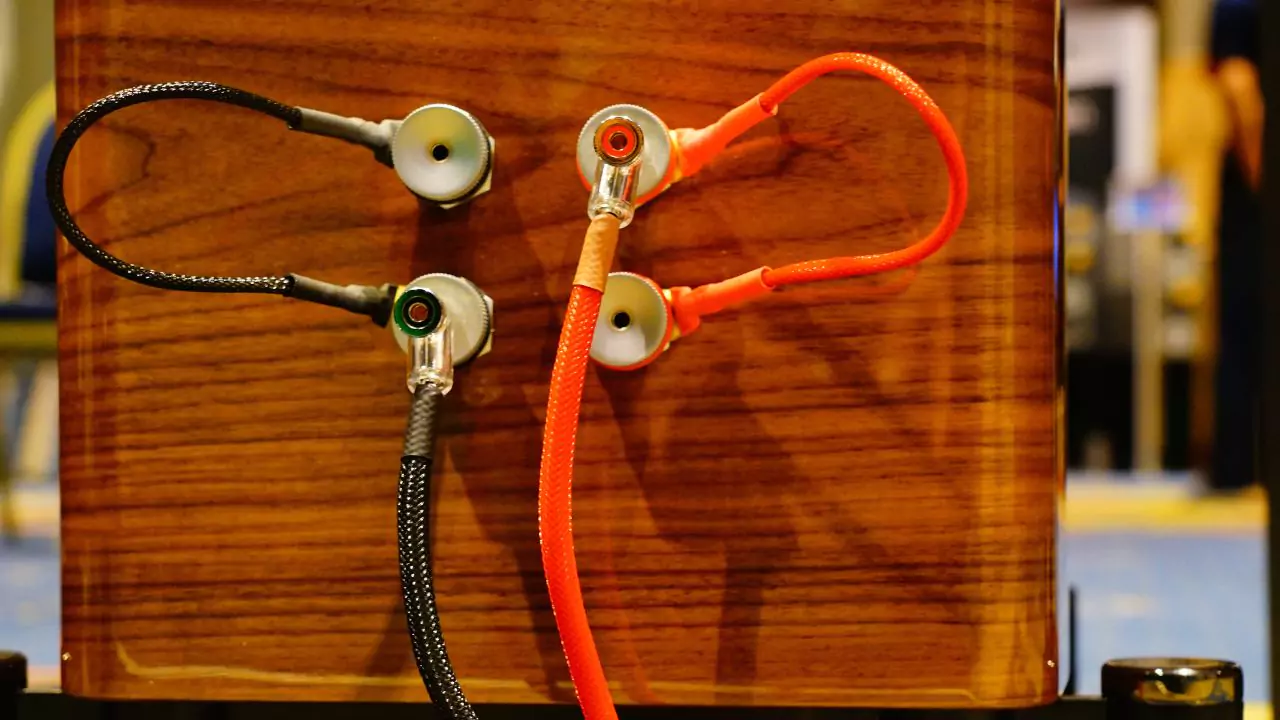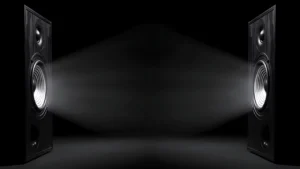When setting up a home audio system, understanding how to properly connect the speaker wire to a receiver is essential for achieving optimal sound quality.
In particular, if you’re working with 4 conductor speaker wire, which contains four individual conductors within a single cable, the process may seem a bit more complex.
However, with the right knowledge and approach, connecting 4 conductor speaker wires to your receiver can be straightforward.
In this guide, we’ll provide step-by-step instructions on how to effectively hook up 4 conductor speaker wires to your receiver, ensuring a seamless audio experience throughout your home.
In This Article:
What is 4 Conductor Speaker Wire?
A 4 conductor speaker wire is a cable containing four individual conductors, typically insulated with different colors for easy identification. While standard speaker wire uses two conductors (red for positive and black for negative), 4 conductor wire offers additional options.
There are two main reasons for using 4 conductor speaker wire:
- Convenience: It allows you to run a single cable for each speaker, containing both positive and negative connections within the same jacket. This can be helpful for managing cable clutter, especially in tight spaces behind entertainment centers or mounted TVs.
- Bi-wiring (optional): Some high-end speakers have separate terminals for the high and low frequencies. 4 conductor speaker wire allows for bi-wiring, which involves connecting each set of terminals to the receiver using separate wires (explained in detail later).
How to Connect 4 Conductor Speaker Wire to a Receiver?
Preparation and Tools Needed:
- Wire strippers
- Receiver
- Speakers
- 4 conductor speaker wires (appropriate length for your setup)
Steps to Follow:
- Power off and disconnect the receiver. Safety first!
- Identify the speaker terminals on your receiver. These will be clearly labeled, usually with red and black terminals (positive and negative) for each speaker channel (front left, front right, etc.).
- Identify the speaker terminals on your speakers. These will also be labeled with red and black (+) and (-) symbols.
- Cut the speaker wire to the desired length. Leave enough slack for easy connection but avoid excessive cable clutter that can tangle or cause strain on the connection points.
- Strip a small section of insulation (about ¼ inch) from each of the four conductors using the wire strippers. Be careful not to nick the actual wire inside, as this can weaken the connection.
- Separate the exposed wires.
- Connect the wires to the receiver terminals. Here’s the key:
- Match the colors. Connect a red wire from the speaker wire to the red (+) terminal on the receiver for the desired speaker channel. Do the same with the black wire to the black (-) terminal.
- Repeat for the other set of wires (if using for bi-wiring, explained later) or for the other speaker connections.
- Tighten the connection screws on the receiver terminals to secure the wires. A snug fit is important for good sound quality. Loose connections can cause crackling or static.
- Repeat steps 4-8 for each speaker you want to connect.
- Double-check all connections to ensure they’re secure and color-matched. A single misplaced wire can cause your speakers to be out of phase, resulting in muddy or distorted sound.
- Plug the receiver back into power and turn it on.
Now your speakers should be hooked up and ready to go. To test the connection, turn up the sound and the volume on your receiver. You’re good to go if everything sounds clear and even.
Using 4 Conductor Speaker Wire with Different Receiver Types
Bi-wiring
As mentioned earlier, 4 conductor speaker wire allows for bi-wiring, which is an optional speaker connection method for specific speakers. Bi-wiring involves connecting the woofer (low-frequency driver) and tweeter (high-frequency driver) of a speaker to the receiver using separate sets of wires. In theory, by separating the signal path for low and high frequencies, bi-wiring can improve sound quality. However, it’s important to consider a few things:
- The benefits of bi-wiring are often subtle and may not be noticeable for everyone, especially with casual listening.
- Not all speakers are designed for bi-wiring. Consult your speaker manual for compatibility. Many speakers are designed to function perfectly well with standard two-wire connections.
- Most receivers are not specifically designed for bi-wiring, although they can accommodate it using the four terminals available for each speaker channel.
Four terminal receivers
Some high-end receivers have four separate terminals for each speaker channel, already intended for bi-wiring. These terminals will be clearly labeled for high and low frequencies (HF and LF). If you have a receiver with four terminals and speakers that support bi-wiring, simply connect each set of wires (one red and one black) to the corresponding terminals on the receiver.
By following these steps and understanding the different receiver types, you can successfully connect your 4 conductor speaker wire for a clean and, optionally, bi-wired speaker setup.




